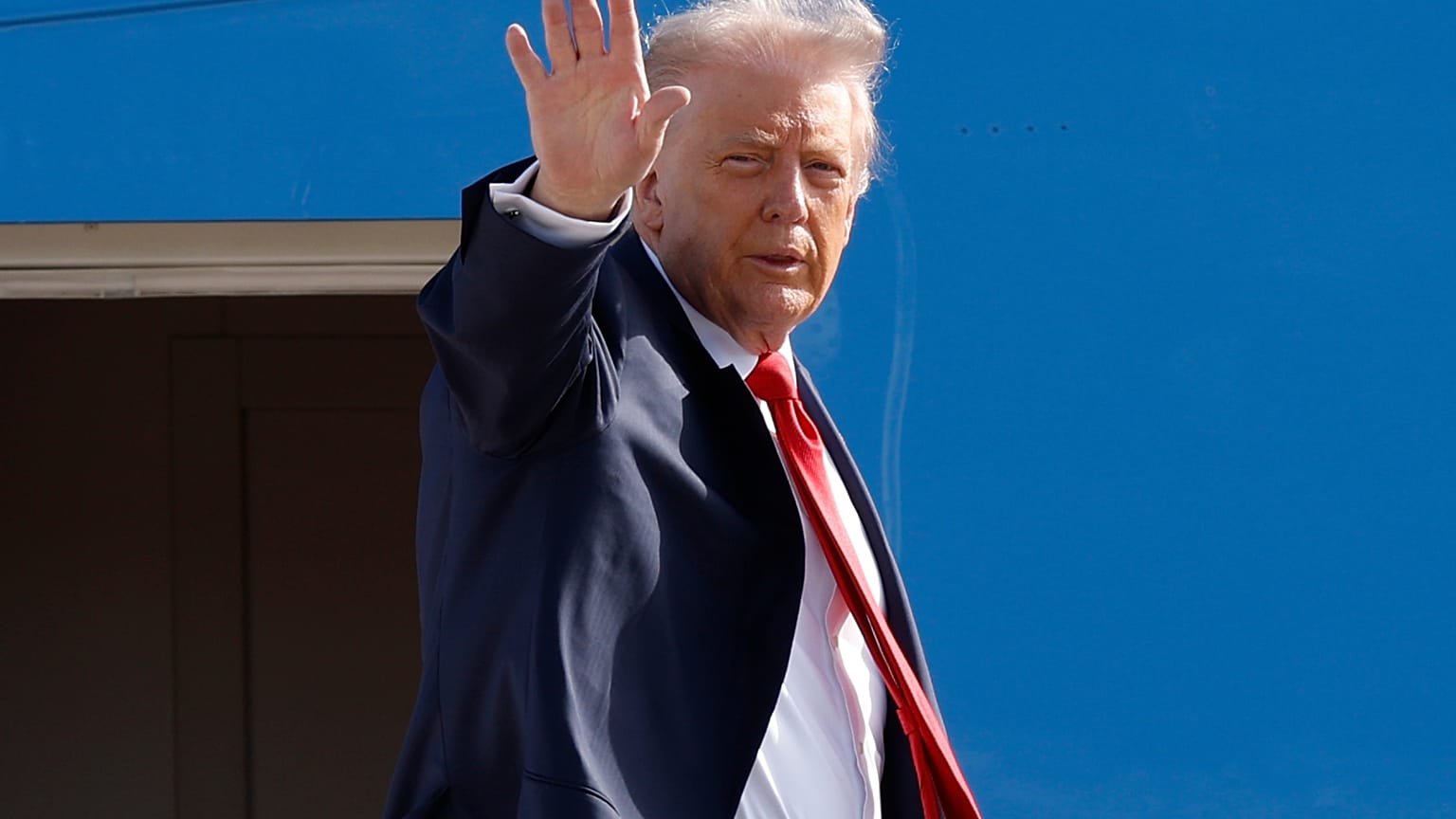The war in Gaza signifies more than a local conflict; its repercussions extend across the Middle East, influencing political alliances, economic strategies, security paradigms, and social dynamics throughout the region. In assessing the impact of the war in Gaza on Middle East stability, it is essential to consider multifaceted dimensions, each interwoven with historical grievances, contemporary power plays, and the evolving interests of regional and global actors.
Regional Political Impact
The Gaza war has led to a reassessment of diplomatic ties, both among Arab nations and between the Middle East and global powers. Traditionally, the Palestinian issue was a unifying cause for Arab countries. Nevertheless, in recent times, normalization pacts—like the Abraham Accords involving Israel, the United Arab Emirates, Bahrain, Morocco, and Sudan—seemed to divert focus from Palestine. The intensified conflict in Gaza challenged the resilience of these recently formed alliances.
For example, widespread public indignation in nations such as Jordan, Egypt, and Morocco exerted considerable pressure on their respective governments to take a more resolute position against Israel or to re-evaluate the character and extent of current agreements. Frequent high-level diplomatic engagements, urgent Arab League meetings, and continuous demands for a ceasefire highlight the persistent conflict between governmental practicality and popular advocacy.
Strengthening Non-Governmental Entities
The conflict has also empowered non-governmental entities, including Hezbollah in Lebanon and Houthi insurgents in Yemen. These organizations establish ideological and operational links with Palestinian groups, occasionally leading to border clashes or missile strikes. The risk of the situation escalating into a wider regional conflict grows as these players exploit the Gaza crisis to advance their specific objectives.
Security Implications: Dangers of Intensification
Gaza’s war frequently acts as a catalyst for violence across borders. Missiles launched from southern Lebanon, drone attacks from Yemen, and border clashes in the occupied Golan Heights testify to the porous nature of regional security. Major powers like Iran play a pivotal role, providing support to Palestinian groups as well as to associated proxies in neighboring countries.
This complex network of alliances increases the danger that regional conflicts might intensify into direct clashes between nations, especially if Israeli actions trigger retaliatory strikes or if Iranian interests are jeopardized. For instance, the deployment of US troops and naval exercises in the Eastern Mediterranean aims to both prevent escalation and safeguard strategic interests, underscoring the conflict’s capacity to involve outside parties.
The conflict in Gaza has also impacted the domestic security landscape of nations with substantial Palestinian communities, particularly Jordan and Lebanon. Extensive demonstrations occasionally escalate into civil disturbances, revealing cracks in social unity and testing the ability of governments to preserve peace. Worries about security may lead to the implementation of curfews, closing of borders, and intensified counterterrorism efforts, all contributing to increased regional instability.
Socio-Economic Repercussions and Humanitarian Demands
The humanitarian fallout from the Gaza conflict is stark, with thousands of casualties, widespread destruction, and mass displacement. Neighboring countries already burdened with waves of refugees from Syria, Iraq, and elsewhere face additional pressures as Gazans seek refuge or as cross-border aid efforts intensify. International agencies, such as the United Nations Relief and Works Agency (UNRWA), report severe strains on resources and logistics, prompting appeals for increased global support.
These humanitarian strains have the potential to destabilize vulnerable host populations, intensify the rivalry for employment and accommodation, and worsen anti-foreigner sentiment or conflicts over resources in border areas.
War in Gaza influences the broader regional economy by disrupting trade routes, deterring foreign direct investment, and inflating risk premiums. The Eastern Mediterranean’s maritime corridors—vital for goods, energy, and raw materials—face threats of interdiction and delays due to heightened naval activity. Tourism, already fragile in many Middle Eastern economies, stagnates further.
Furthermore, energy markets show a strong reaction to the possibility of wider conflict, as crude oil prices surge due to perceived dangers to shipping routes in the Gulf or pipeline networks. Nations that rely on remittances from abroad and imported goods need to adjust to volatile markets, a situation that can worsen internal economic complaints and political unrest.
Ideological Polarization and Information Warfare
The Gaza war is not just fought on battlefields; its narratives are waged online and in media outlets, deepening ideological divides both within and between Middle Eastern societies. Competing accounts of the conflict, unverified footage, and propagandistic messaging fuel radicalization, impede reconciliation, and influence domestic politics. Governments grapple with balancing information control, free expression, and national security concerns, particularly as public sentiment shapes political discourse.
The Wider Strategic Equilibrium
As the Gaza conflict progresses, it challenges the durability of current peace accords, reveals the vulnerability of normalization efforts, and forces regional players to continuously re-evaluate their security stances and partnerships. A state of tension remains between the desire for stability and the influence of historical, religious, and national stories. Consequently, the turmoil caused by the war in Gaza extends far beyond its immediate borders, confirming the lasting interdependence of the Middle East and highlighting the intricate relationship between localized aggression and broader strategic structures.
This analysis reveals that the trajectory of the Gaza war, and the response of regional and global actors, will continue to shape the pace and character of Middle Eastern stability for years to come.





